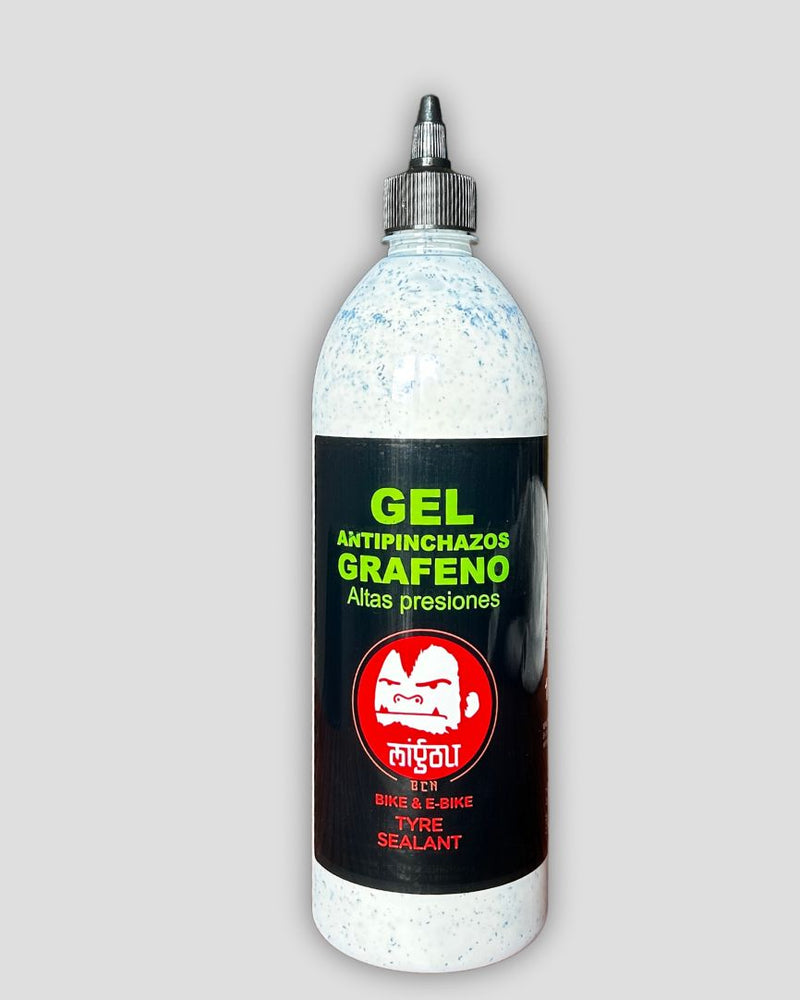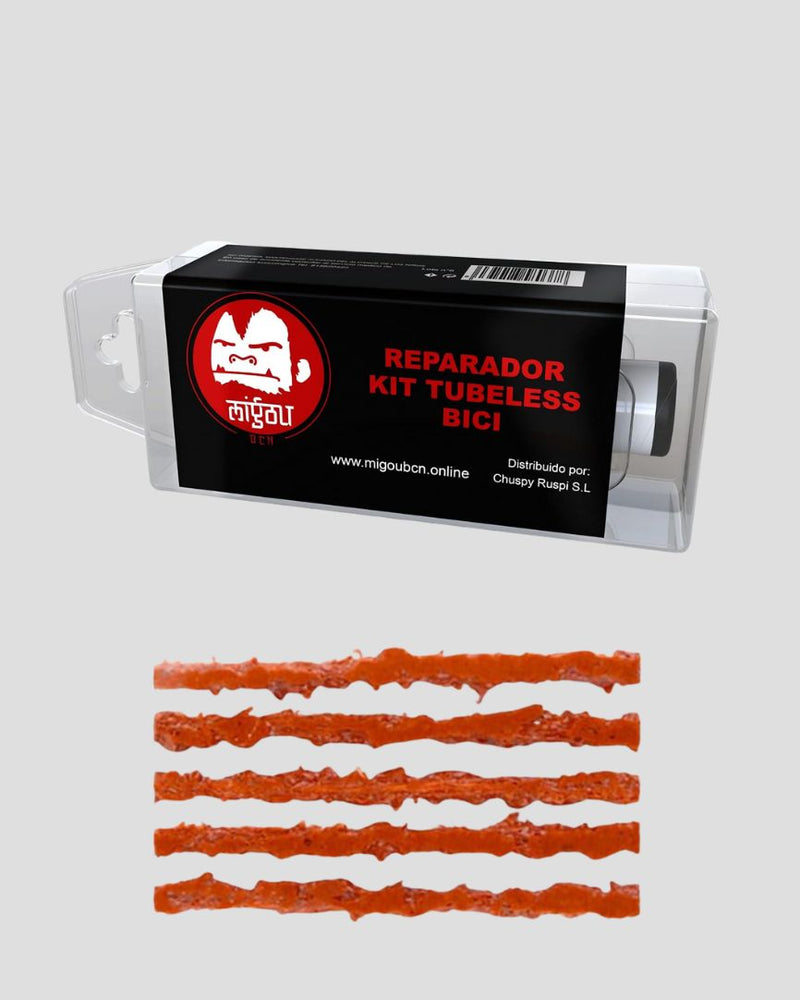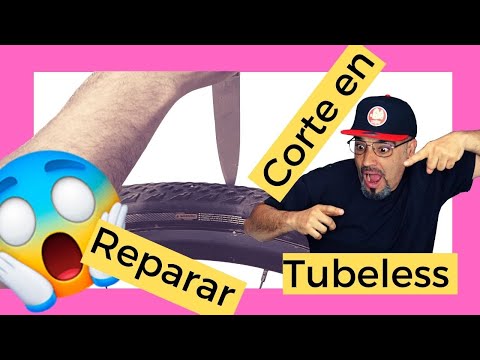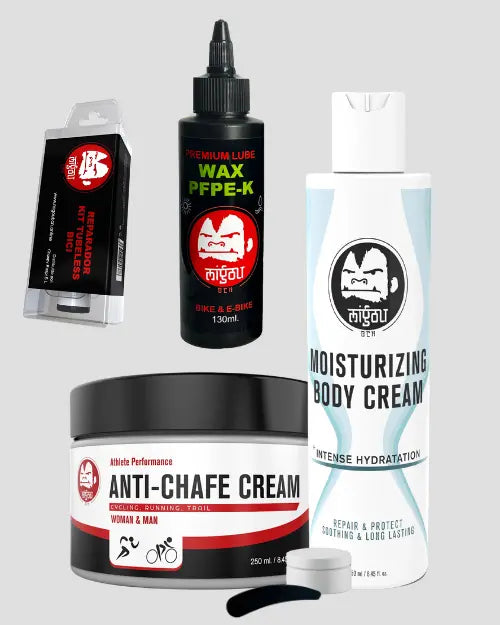¿Por Qué Elegir Sellador Tubeless?
Protección Inmediata: Sella pinchazos y pequeñas fugas antes de que afecten la presión de la rueda.
Menos Mantenimiento: Olvídate de llevar cámaras adicionales; el tubeless facilita la experiencia de rodar sin contratiempos.
Rendimiento Óptimo: Permite rodar a menor presión y mejorar el agarre, ofreciendo una sensación más fluida en diferentes terrenos.
Variedad de Formulaciones: Disponibles selladores sin látex, con aditivos especiales como grafeno o micropartículas para un sellado reforzado.
Beneficios Principales
Parches al Instante: Repara rápidamente cortes y perforaciones, manteniendo tu rodada sin interrupciones.
Mayor Ahorro: Prolonga la vida útil de tus cubiertas, evitando cambios frecuentes de neumáticos.
Fácil Aplicación: Ya sea por la válvula o desmontando parcialmente la cubierta, el proceso de aplicación es sencillo y limpio.
Explora nuestra Colección de Líquido Sellador Tubeless y equípate con la mejor tecnología para decir adiós a los pinchazos inesperados. ¡Disfruta de cada kilómetro sin preocupaciones y lleva tu experiencia en bicicleta al siguiente nivel!





